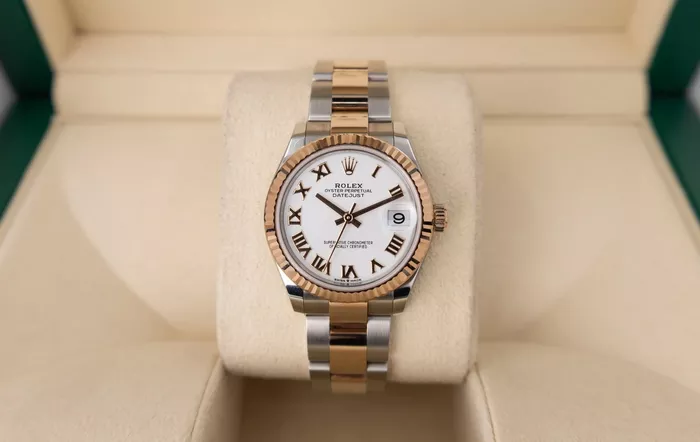In the realm of horology, Rolex has long been synonymous with luxury and prestige. As we embark on a journey back in time to 1960, we unravel the mystery surrounding the price of a Rolex during that era, offering insights into the historical context and the factors that influenced the cost.
1. Historical Context of Rolex in the 1960s
Rolex’s Timeless Appeal:
Even in the 1960s, Rolex was already established as a symbol of status and precision. The brand’s commitment to excellence and innovation contributed to its enduring popularity.
Post-War Prosperity:
The 1960s marked a period of post-war economic recovery and prosperity. With an emerging affluent class, the demand for luxury goods, including high-end watches, witnessed a notable uptick.
2. Rolex Models Available in 1960
Rolex Datejust:
Introduced in 1945 to commemorate the brand’s 40th anniversary, the Datejust was an iconic model available in the 1960s. Known for its date window, it showcased Rolex’s innovative spirit.
Submariner and GMT-Master:
The 1960s also saw the prominence of tool watches like the Submariner and GMT-Master, catering to the growing interest in sports and adventure.
3. Price Range of Rolex Watches in 1960
Varied Price Points:
The price of a Rolex in 1960 varied based on the model and its features. The Datejust, for instance, had a different price point compared to the Submariner or GMT-Master.
Affordability vs. Exclusivity:
While Rolex was undoubtedly a luxury brand, the prices in the 1960s were relatively more accessible compared to today. However, owning a Rolex still represented a significant investment and a symbol of prestige.
4. Factors Influencing Rolex Prices in the 1960s
Materials and Craftsmanship:
The quality of materials used and the meticulous craftsmanship that defined Rolex contributed to the pricing. The brand’s commitment to using the finest materials and ensuring precision in every detail added to the perceived value.
Innovation and Technological Advancements:
Rolex’s constant pursuit of innovation, such as the introduction of the automatic movement and waterproof cases, influenced the pricing. Technological advancements were a key factor in distinguishing Rolex from other watchmakers.
5. Rarity and Collector’s Value Today
Limited Production:
Some Rolex models from the 1960s were produced in limited quantities, contributing to their rarity today. Vintage Rolex watches, especially those with unique features or historical significance, have become highly sought after by collectors.
Collector’s Market Influence:
The value of vintage Rolex watches from the 1960s has significantly appreciated in the collector’s market. Rare and well-preserved pieces often command premium prices due to their historical significance and scarcity.
Conclusion: Navigating the Horological Landscape of 1960
In retrospect, the price of a Rolex in 1960 encapsulates not just the cost of a timepiece but a snapshot of an era defined by economic resurgence and a growing appreciation for luxury. The allure of Rolex, rooted in precision, innovation, and craftsmanship, has transcended time. Understanding the historical context and factors influencing the prices in the 1960s adds depth to our appreciation for these iconic watches, making each tick a testament to a bygone era of elegance and aspiration.


